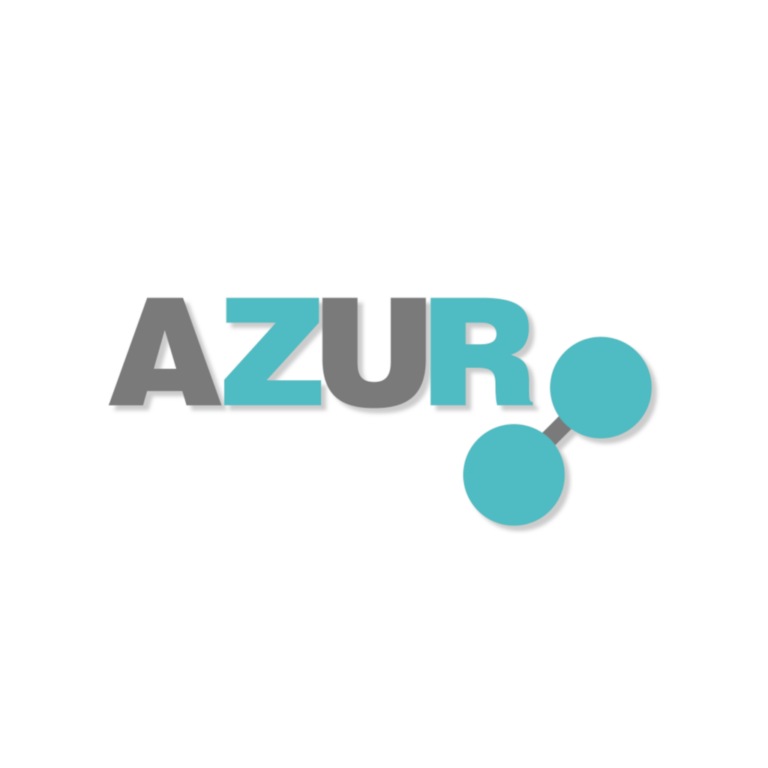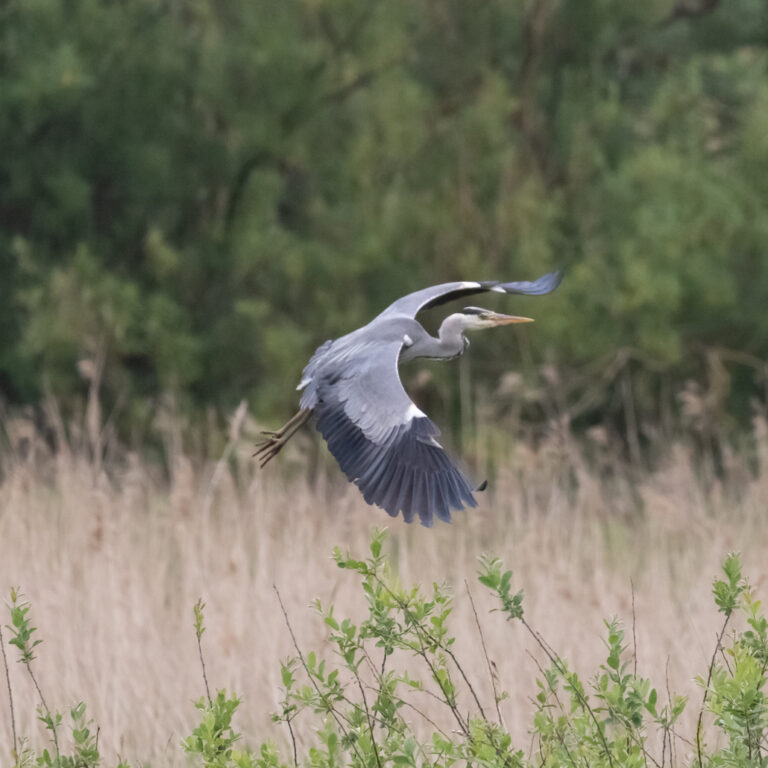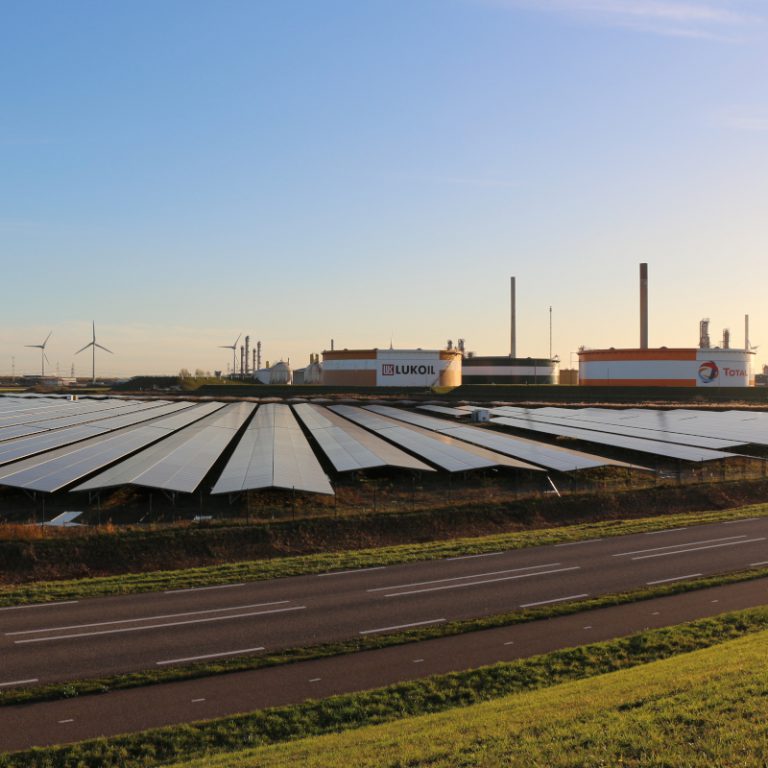At Zeeland Refinery, we take our environmental responsibilities to heart—this region is not just where we operate; it’s part of our community.
We uphold a strong culture of environmental stewardship, anchored by our ‘zero spill’ philosophy and rigorous protocols to safeguard the land and ecosystems around us.
In recent years, we’ve committed significant resources to strengthen our environmental management. Over $25 million has been dedicated to site remediation, enhancing containment measures to prevent hydrocarbon discharge, and upgrading our water treatment systems to ensure resilience and compliance with evolving standards. In 2024 alone, we allocated an additional $55 million toward major infrastructure improvements, including modernizing our tank bunds and upgrading our fire protection systems—steps aimed at minimizing environmental risk in the event of an emergency.
Zeeland Refinery operates under a long-term environmental permit valid for 35 years, granted in 2021 after an extensive environmental impact evaluation. This assessment reviewed potential impacts on local air and water quality, surrounding land, and community wellbeing—ensuring that we meet stringent environmental benchmarks while exploring new energy opportunities.
In line with our permit, we maintain comprehensive environmental safeguards and continuously monitor our operations to ensure we meet—and exceed—the expectations for responsible industrial activity.
Co2 reduction and CCS
Azur is the project within ZR to reduce our CO2 emissions by more than 50% by capturing CO2 from the flue gases of our existing hydrogen plants. This will turn our (now ‘grey’) hydrogen into ‘blue’ hydrogen, the colour also referred to by the project name Azur. A new plant is being built for Azur next to our existing hydrogen plants. The CO2 is captured and liquefied in this new plant. The liquid CO2 is then transported by ship to empty gas fields in the Dutch North Sea for permanent storage. The aim is to start capturing CO2 in the third quarter of 2026. ZR cooperates with Carbon Connect Delta within the framework of AZUR. This joint venture with Dow and Yara is to transport and permanently store the CO2 that each captures on its own site. For transport and permanent storage, we work together with Aramis, a partnership between TotalEnergies, Shell, EBN and Gasunie.


Biodiversity
As of 2010, Zeeland Refinery has been actively pursuing a nature management policy that focuses on the preservation and stimulation of biodiversity on and around the refinery site. This is done through various projects carried out by our flora and fauna specialists. A selection of our green measures:
• Protection, observation and management of oystercatcher breeding sites
• Orchid management
• Management of special plants
• Insect- and bee-friendly planting and management of land around solar panels
• Bird monitoring
• Management of wetlands on factory premises.
• Construction of new nature reserve
• Partridge field
Energy efficiency
In addition to our energy-saving projects, we also invest in the generation of renewable energy. Our Zeeland Solar Park is almost twelve hectares, or 22 football pitches, in size and has over 28,000 solar panels. This makes it one of the largest industrial solar parks in the Netherlands. With a capacity of 11 megawatts, the solar park provides almost a quarter of our electricity consumption on a summer’s day. Zeeland Solar produces as much electricity annually as the consumption of 4300 households – half of all households in the municipality of Borsele.
The position of the panels in relation to the sun allows for a high biodiversity value between the panels. The land around the solar park will be managed in an insect- and bee-friendly way, resulting in a large increase in small mammals, insects and insect- and seed-eating birds. A three-metre working border of stone clover on the outside of the solar park provides ground cover, adds nitrogen to the soil and provides nectar for insects. On the rest of the land next to the working border, two types of biodiversity mixtures (annual and perennial) specially formulated for solar parks were sown. The seeds in these borders have added value for small mammals.

